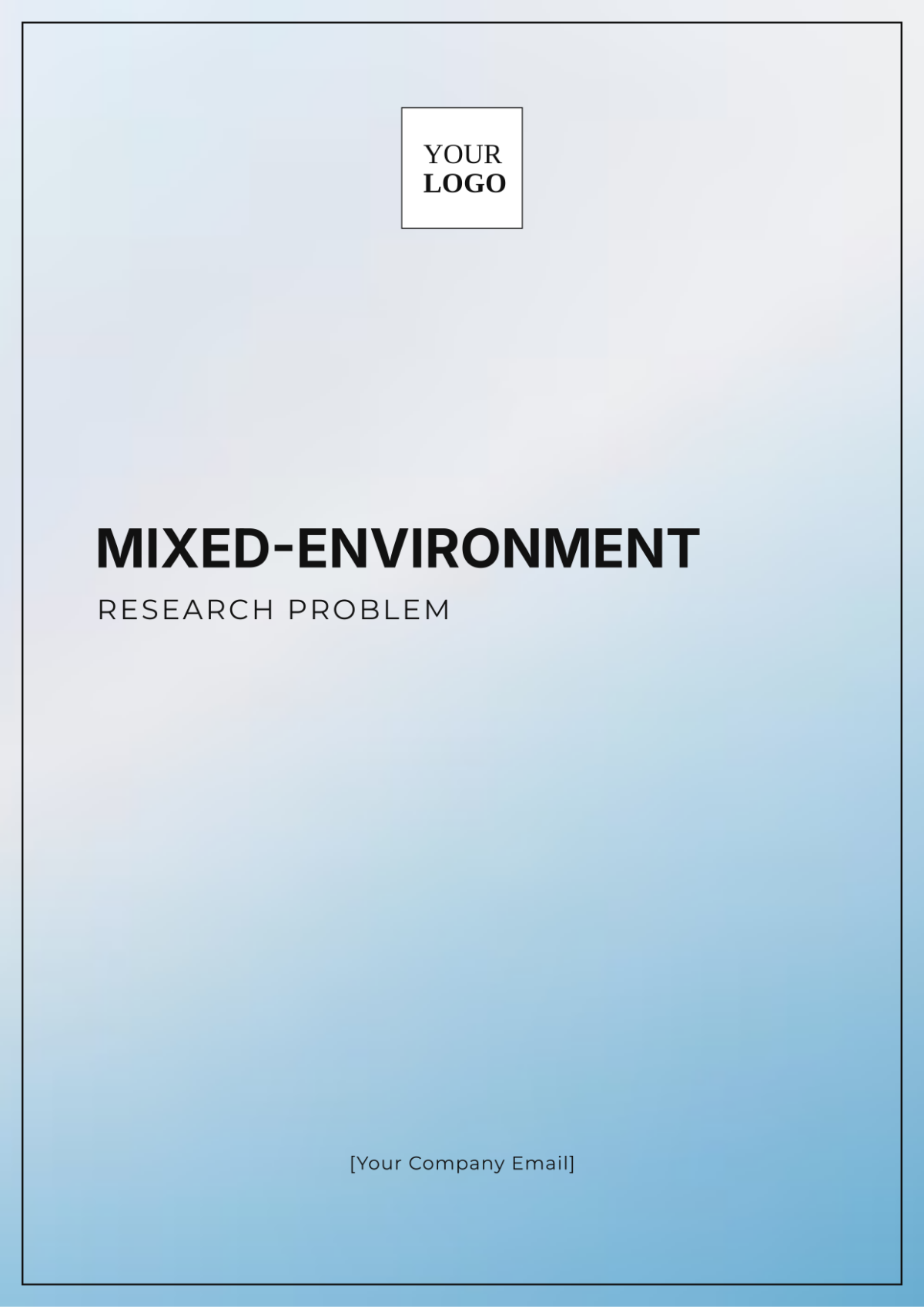Fieldwork Quantitative Research
I. Introduction
Fieldwork Quantitative Research involves collecting numerical data through structured methods such as surveys, experiments, or observations conducted in real-world settings. The primary goal is to quantify variables and identify patterns or relationships within the data to make informed conclusions. This type of research is essential for generating objective and statistical insights that can inform policy, practice, and further academic studies.
II. Methods of Fieldwork Quantitative Research
A. Surveys
Surveys are a popular method for collecting quantitative data. They involve asking participants a standardized set of questions to gather information. Surveys can be administered in various formats, including online, face-to-face, or via telephone.
Advantages of Surveys
Cost-effective
Can reach a large audience
Standardized questions for consistency
Easy to analyze using statistical software
Disadvantages of Surveys
Self-report bias
Non-response bias
Limited depth of responses
B. Experiments
Experiments involve manipulating one or more variables to determine their effect on other variables. This method allows researchers to establish cause-and-effect relationships by controlling extraneous factors that could influence the outcome.
Advantages of Experiments
Ability to control variables and conditions
Can establish causal relationships
High internal validity
Disadvantages of Experiments
Artificial settings may influence behavior
Limited external validity
Potential ethical concerns
C. Observations
Observations involve systematically recording behaviors or events as they occur in their natural setting. This method allows researchers to gather real-time data without interfering with the participants.
Advantages of Observations
High ecological validity
Provides context-specific insights
Useful for studying non-verbal behaviors
Disadvantages of Observations
Observer bias
Time-consuming and labor-intensive
Limited generalizability
III. Methodology
This section outlines the methods used to gather data and analyze results in fieldwork quantitative research. The methodology typically involves the following steps:
Designing the Research: Define the research question and hypothesis. Develop a detailed plan outlining the research design, including the selection of methods, tools, and procedures.
Sampling: Determine the target population and select a representative sample. Sampling methods may include random sampling, stratified sampling, or convenience sampling, depending on the research goals.
Data Collection: Implement the chosen methods for data collection. This could involve distributing surveys, conducting experiments, or performing observations. Ensure that the data collection process adheres to ethical guidelines and maintains consistency.
Data Analysis: Analyze the collected data using appropriate statistical techniques. This may include descriptive statistics to summarize data, inferential statistics to make predictions or generalizations, and multivariate analysis to explore relationships between multiple variables.
Reporting Results: Present the findings in a clear and organized manner. Use visual aids such as charts and graphs to illustrate key results and support conclusions.
IV. Data Analysis Techniques
Once data is collected, various statistical techniques can be used to analyze it. Common methods include descriptive statistics, inferential statistics, and multivariate analysis.
Technique | Description |
|---|---|
Descriptive Statistics | Summarizes data using mean, median, mode, and standard deviation. |
Inferential Statistics | Allows researchers to make inferences about a population based on a sample. |
Multivariate Analysis | Examines multiple variables simultaneously to understand their relationships. |
V. Applications and Implications
A. Public Policy
Fieldwork quantitative research is invaluable for informing public policy. By quantifying social phenomena, researchers can provide policymakers with robust data to make informed decisions.
B. Health Research
In health research, quantitative methods help in understanding the prevalence and incidence of diseases, evaluating the effectiveness of interventions, and identifying risk factors.
C. Market Research
Businesses use quantitative research to understand market trends, customer preferences, and the effectiveness of marketing strategies. Surveys and experiments are particularly useful in this domain.
VI. Conclusion
Fieldwork Quantitative Research is a vital methodological approach in various fields, including social sciences, health research, and market analysis. By employing structured methods such as surveys, experiments, and observations, researchers can quantify variables and identify patterns or relationships within the data. This information is crucial for making informed decisions, developing policies, and advancing scientific knowledge.
VII. References
American Psychological Association. (2050). Publication Manual of the American Psychological Association (7th ed.). Washington, DC: Author.
Creswell, J. W., & Creswell, J. D. (2050). Research design: Qualitative, quantitative, and mixed methods approaches (5th ed.). Thousand Oaks, CA: Sage.
Fowler, F. J. (2050). Survey Research Methods (5th ed.). Thousand Oaks, CA: Sage.

















































